Disclosure: This article contains affiliate links. We may earn a commission from purchases at no extra cost to you, which helps our travel content.
There's something profoundly transformative about exploring Oslo from its waterways and woodlands rather than just its urban core. As someone who has spent considerable time in Norway thanks to my husband's heritage, I've developed a deep appreciation for how this capital city seamlessly integrates wilderness with metropolitan life. The data is compelling: Oslo residents spend 19% more time outdoors than the average European urbanite, a testament to the accessibility and quality of nature experiences here. This summer marks my third research visit to Oslo, this time leading a small group of colleagues from my epidemiology department who were eager to experience the healing properties of friluftsliv—the Norwegian concept of open-air living. What follows is our evidence-based adventure itinerary that balances physical activity, mental restoration, and cultural immersion across one remarkable week.
Navigating the Oslo Fjord: Kayaking Adventures
The Oslo Fjord isn't technically a fjord by geological standards (it lacks the steep sides carved by glaciers), but this semantic detail doesn't diminish its splendor. Our group of six launched from Bygdøy peninsula on a crystalline summer morning, the water's surface reflecting Oslo's skyline like a rippling mirror.
I've kayaked in New Zealand's Milford Sound and Costa Rica's mangroves, but there's something uniquely satisfying about paddling through a waterway where Viking ships once sailed. Our guide, Henrik, a marine biologist turned outdoor educator, provided fascinating commentary on the fjord's ecosystem health and recovery efforts over the past two decades.
The 4-hour journey took us past the fortress of Akershus, under the striking angles of the Opera House, and alongside nesting seabirds on Hovedøya Island. The moderate pace allowed even our novice paddlers to maintain comfortable progress while still having energy to explore the islands on foot.
For this excursion, I relied heavily on my waterproof dry bag which kept my research equipment and camera perfectly protected despite occasional splashes. The transparent window feature proved invaluable for checking my phone's navigation app without removing it from protection.
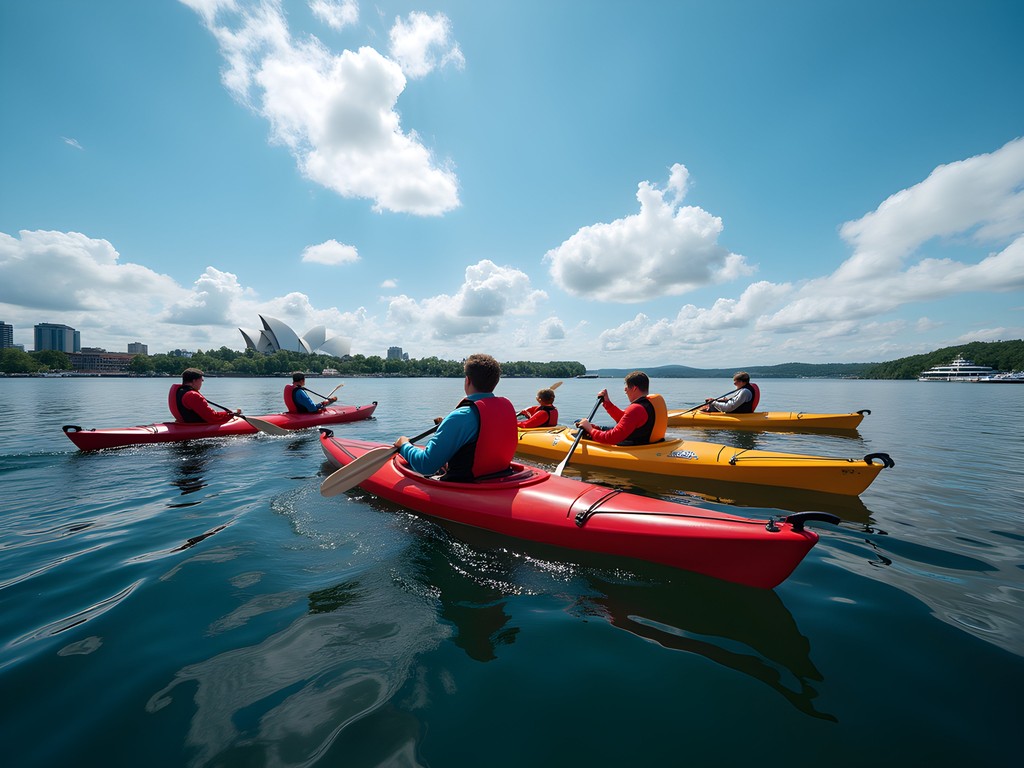
💡 Pro Tips
- Book kayak tours 2-3 weeks in advance during summer months
- Request a naturalist guide if you're interested in local ecology
- Bring polarized sunglasses to reduce glare and enhance visibility of marine life
Forest Bathing in Nordmarka
Just 20 minutes from downtown Oslo lies Nordmarka, a 430-square-kilometer forest that serves as the city's green lung and outdoor playground. As an epidemiologist, I'm particularly fascinated by the quantifiable health benefits of forest immersion—studies consistently demonstrate reduced cortisol levels, improved immune function, and enhanced cognitive performance after spending time among trees.
We began our Nordmarka exploration at Frognerseteren, accessible via the charming Holmenkollen metro line that climbs steadily above the city. The traditional wooden restaurant there offers a perfect launching point (and motivation for return) with its panoramic views and exceptional skillingsboller—cinnamon buns that fuel any proper Norwegian adventure.
Our 12-kilometer hike took us along well-marked trails through pine and spruce forests, past mirrored lakes where locals were swimming despite water temperatures that my American colleagues found shockingly brisk. The trail system here is immaculately maintained, with distance markers and color-coded routes that make navigation straightforward even for first-time visitors.
My hiking boots proved their worth on this terrain—providing ankle support on occasional rocky sections while remaining breathable during sunny stretches. After testing dozens of boots across various climates, these remain my go-to recommendation for mixed-terrain adventures that don't require technical climbing capabilities.
A highlight was discovering a small forest tjern (pond) where we practiced the Norwegian tradition of kvile—a mindful rest period. The resulting silence, broken only by distant woodpeckers and gentle wind through pine needles, provided a powerful reset for our group more accustomed to hospital corridors than forest cathedrals.

💡 Pro Tips
- Download the UT.no app for offline trail maps of the entire region
- Pack layers—forest temperatures can be 5-7°C cooler than downtown Oslo
- Follow the DNT (Norwegian Trekking Association) red 'T' markers for the most scenic routes
Island Hopping in the Inner Fjord
One of Oslo's most underrated adventures is exploring its archipelago of islands, each with distinct personalities and natural features. Public ferries from Aker Brygge make this remarkably accessible—you can literally use your city transportation pass to reach wilderness settings within minutes.
Our group dedicated a full day to island exploration, beginning with Hovedøya, where 12th-century Cistercian monastery ruins provide a compelling historical backdrop to coastal hiking trails. The juxtaposition of ancient stone walls against maritime meadows bursting with over 400 plant species creates a uniquely Norwegian tableau of cultural and natural heritage.
Next was Langøyene, where we joined locals for midday swimming and picnicking. The island's northern beach offers sweeping views back toward Oslo's skyline, creating perfect opportunities for perspective-shifting photographs that capture both wilderness and urbanity in single frames.
Our final stop was Gressholmen, home to a protected nature reserve where we observed several species of nesting seabirds. My compact binoculars proved invaluable here—lightweight enough for all-day carrying yet powerful enough to distinguish between similar gull species at considerable distances.
The island-hopping experience offers a fascinating microcosm of Norwegian conservation approaches. Each island balances public recreation with habitat protection through thoughtful trail design and seasonal access restrictions based on wildlife breeding patterns—an evidence-based management approach that resonated with our research-oriented group.

💡 Pro Tips
- Purchase ferry tickets through the Ruter app to avoid lines
- Visit islands on weekdays to avoid local weekend crowds
- Pack swimming gear year-round—Norwegians swim in much colder conditions than most visitors expect
Urban Climbing: Holmenkollen Adventure
While natural landscapes dominate Oslo's outdoor offerings, the city also excels at creating adventure infrastructure. Nowhere is this more evident than at Holmenkollen, site of the iconic ski jump that has hosted world championships and Olympic events.
Our group challenge was tackling the Kollensvevet zipline, which launches from the ski jump's imposing tower and sends participants flying 361 meters down the slope at speeds approaching 100 km/h. As someone with moderate height anxiety, I approached this with scientific curiosity about whether exposure therapy really works as effectively as research suggests. (Conclusion: it does, though my heart rate data showed fascinating variability patterns throughout the experience.)
Beyond the adrenaline rush, Holmenkollen offers exceptional contextual education through its ski museum—the oldest of its kind worldwide. The exhibits elegantly connect Norway's skiing heritage with broader cultural values around outdoor access and environmental stewardship.
For those seeking less extreme activities, the surrounding area offers gentle hiking trails with spectacular city views. We concluded our visit with a refreshment stop at Besserudtjernet, a small lake where locals gather for evening swims after work—another example of how seamlessly outdoor recreation integrates with daily Oslo life.
For this adventure, I wore my trail running shoes which provided excellent traction on the varied terrain around Holmenkollen. Their quick-drying properties proved particularly valuable when afternoon rain showers created slick conditions on the trails.
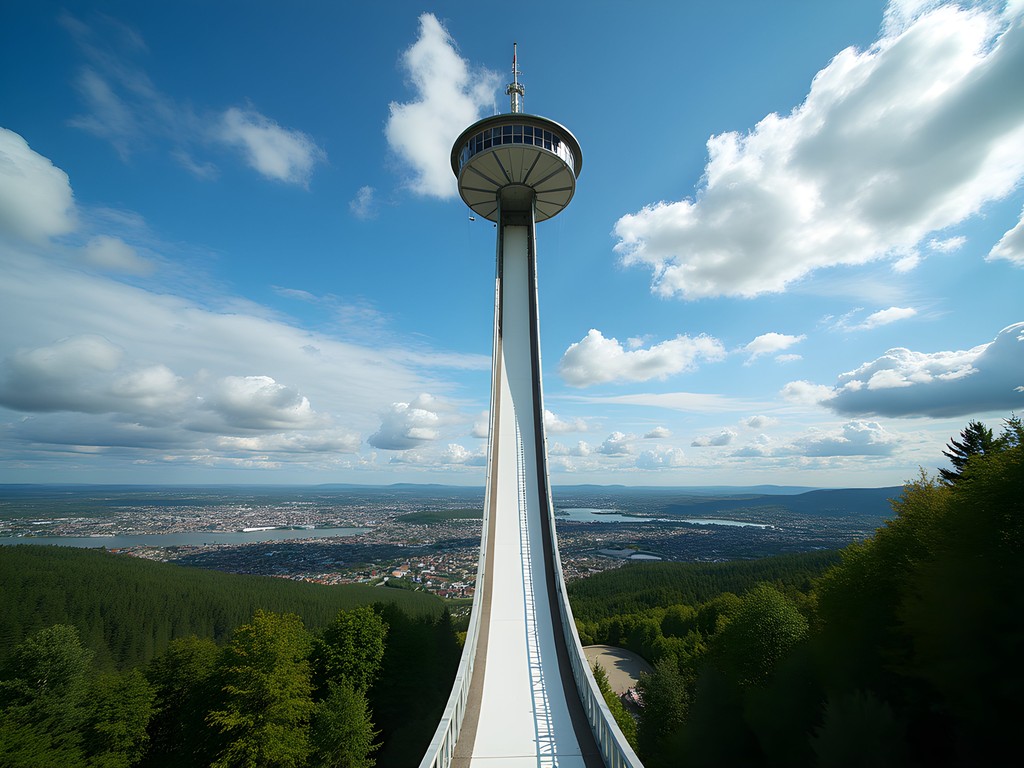
💡 Pro Tips
- Book zipline tickets online and select early morning slots for minimal wait times
- Combine with a visit to the ski museum for historical context
- Use the dedicated Holmenkollen metro stop rather than attempting to find parking
Paddleboarding at Sørenga: Urban Wilderness Interface
For our final Oslo adventure, we sought an experience that epitomizes the city's unique blending of urban and natural environments. Sørenga—a harbor-front district that combines innovative architecture with swimming and paddling opportunities—delivered perfectly.
We rented stand-up paddleboards from the local outfitter and spent a morning exploring the harbor waters, navigating between modern buildings and floating saunas while harbor seals occasionally surfaced nearby. The water quality metrics posted publicly (a practice I wish more cities would adopt) confirmed what was visually apparent: Oslo's harbor restoration efforts have transformed once-industrial waters into a swimmable, paddleable playground.
The fjord temperature in summer hovers around 18°C (64°F)—refreshing but entirely manageable for swimming. After paddling, we joined locals at the Sørenga Seawater Pool, an architecturally striking floating platform that creates protected swimming areas directly in the fjord. The juxtaposition of natural seawater swimming against Oslo's modern skyline creates a uniquely Norwegian urban experience.
What impressed me most was the democratic nature of this space—unlike many waterfront developments worldwide that become exclusive enclaves, Sørenga remains accessible to all. Families, fitness enthusiasts, and tourists share the facilities with remarkable Scandinavian orderliness.
For paddleboarding, I highly recommend bringing a rash guard which provides sun protection while keeping your core warm during longer paddling sessions. Even summer days in Oslo can turn breezy, and the extra layer makes transitions between paddling and swimming much more comfortable.
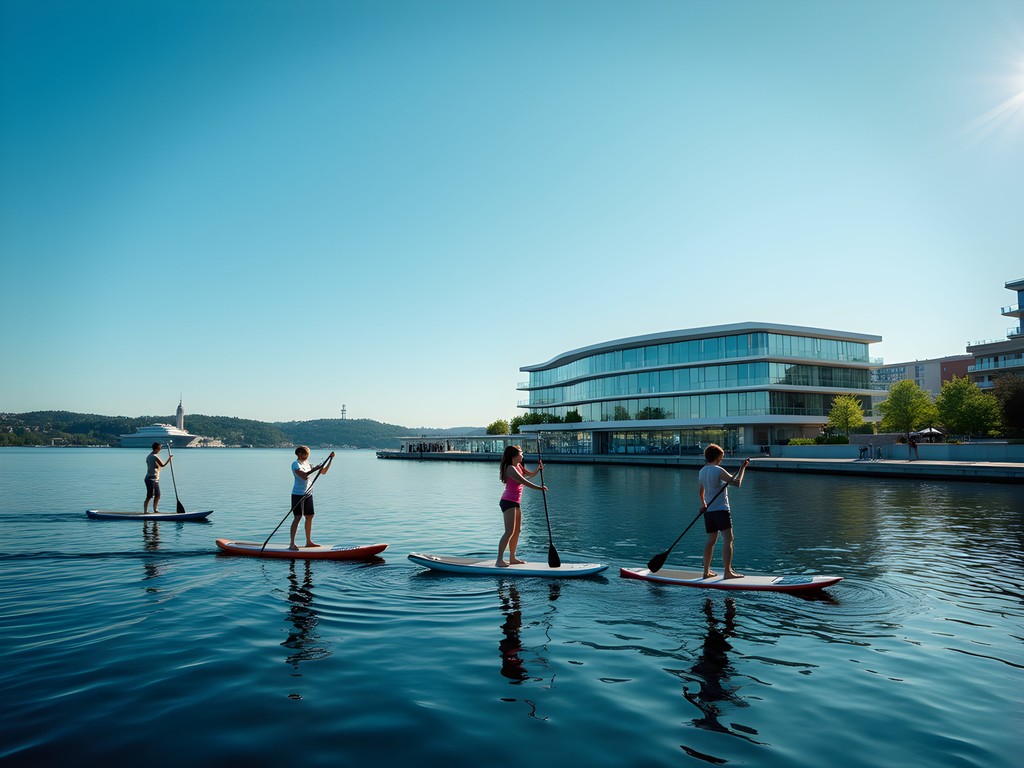
💡 Pro Tips
- Reserve paddleboards online during peak summer season
- Bring a quick-dry towel and change of clothes for post-paddle swimming
- Visit on weekday evenings for spectacular sunset views with fewer crowds
Final Thoughts
Oslo represents what I believe is the future of urban adventure—a city that doesn't merely preserve nature but actively integrates it into daily life and infrastructure. What makes these experiences particularly valuable for groups is the accessibility across different fitness and comfort levels. From gentle forest walks to adrenaline-pumping ziplines, Oslo's outdoor offerings can be calibrated to any group's collective appetite for adventure. As climate change alters traditional travel patterns, Oslo's position as a temperate summer destination will only grow in importance. The city offers a living laboratory for how urban planning, conservation, and recreation can coexist—lessons I'll be bringing back to both my research work and personal travel philosophy. If your group seeks adventure that balances physical challenges with cultural context and environmental mindfulness, Oslo deserves a prominent place on your travel itinerary.
✨ Key Takeaways
- Oslo offers exceptional outdoor adventures within minutes of the city center
- Summer provides optimal conditions with 18+ hours of daylight and comfortable temperatures
- Public transportation makes wilderness access remarkably straightforward even for first-time visitors
- The variety of activities accommodates mixed groups with different adventure preferences
📋 Practical Information
Best Time to Visit
June through August
Budget Estimate
$150-250 per day including accommodations
Recommended Duration
5-7 days
Difficulty Level
Moderate

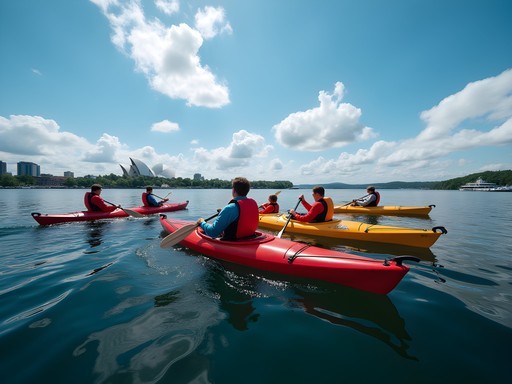
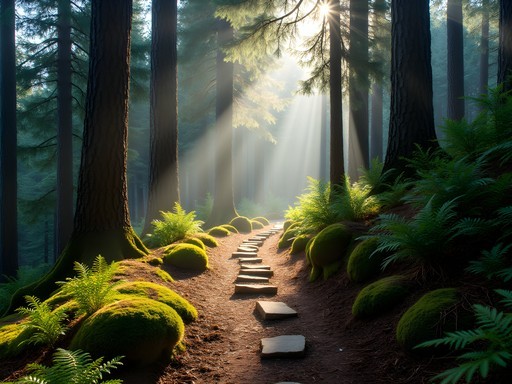

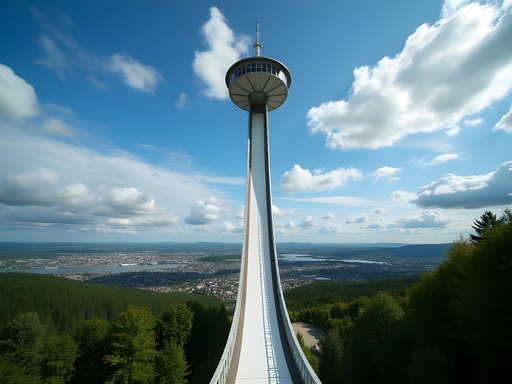
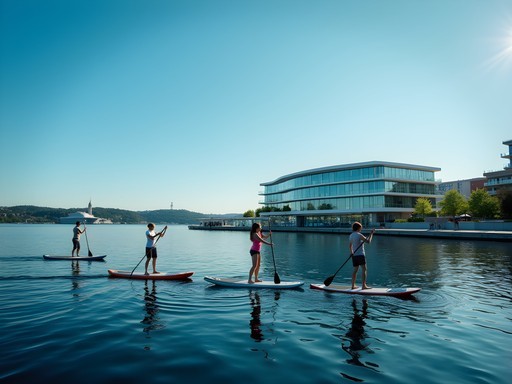


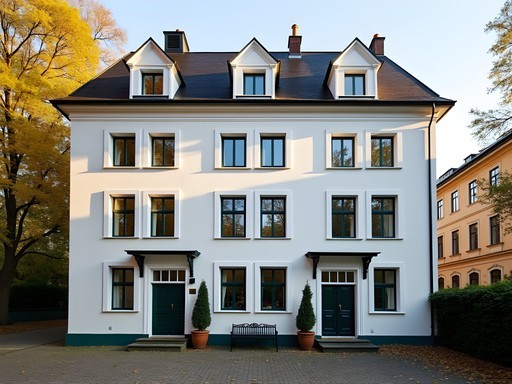







Comments
sunnyphotographer540
OMG your fjord kayaking shots are INCREDIBLE!! 😍 The lighting is perfect! I was in Oslo last summer but totally missed the kayaking opportunity. Did you use a waterproof camera? The clarity in those water reflection shots is amazing. Definitely doing this next time! Your post has me planning another trip already!
Hazel Anderson
Thanks! I used my regular camera with a waterproof case for most shots. The morning light on the fjord is a photographer's dream!
Adam Nichols
I appreciate how you highlighted the accessibility of nature from Oslo's city center. This is what makes Nordic capitals so unique compared to other European cities. Having analyzed several urban outdoor destinations, I find Oslo's integration of wilderness particularly successful. The public transportation network is remarkably efficient - I timed it once and was from downtown to deep forest trails in just 24 minutes. One observation: the forest trail markers vary in visibility; I recommend downloading offline maps before heading out. The contrast between urban amenities and pristine nature within such proximity is something I haven't experienced elsewhere to this degree.
freemate
Those island hopping photos are stunning! Added to my bucket list.
globelover
Great post! We're heading to Oslo in October - would kayaking still be possible then or is it too cold? Also wondering if the forest hikes are still worth it in fall?
Adam Nichols
October in Oslo is actually quite beautiful for hiking - the fall colors are spectacular in Nordmarka. For kayaking, it depends on your cold tolerance. Water temperatures drop, but many operators still run until mid-October with proper wetsuits. I'd recommend thermal layers if you go kayaking that time of year.
globelover
Thanks Adam! Fall colors sound perfect for photos. Will look into those layers and check with kayak operators.
Marco Flores
Hazel, your post brought back so many memories! I kayaked the Oslo Fjord last summer and it was absolutely transformative. The way the city skyline looks from the water gives you a completely different perspective. One tip for readers: if you're heading to Nordmarka for hiking, take the early morning T-bane to avoid crowds, especially on weekends. The morning light filtering through those pine forests is something magical. I ended up extending my stay by three days just to explore more trails!
Hazel Anderson
Thanks Marco! That morning light in Nordmarka is indeed special. Glad you got to experience it!
freemate
Is the T-bane easy to navigate for tourists? Planning my first trip there.
Marco Flores
@freemate Super easy! Everything's well-marked in English and the Ruter app makes it simple to buy tickets and plan routes.
exploreninja
Oslo's forests look amazing! Been wanting to try kayaking there forever.
roamguide
That shot of the sunset from your kayak is absolutely stunning! Reminds me why I need to get back to Scandinavia ASAP.
oceangal
If anyone's heading to Oslo for these adventures, the public transport app Ruter is a must-download. Makes getting to all these outdoor spots super easy, even for first-timers!
George Hayes
Took my family to Oslo last month and your guide was invaluable, Hazel! With three kids (8, 10, 12), I was worried about keeping them engaged, but the mix of outdoor activities was perfect. The island hopping ferry became an adventure in itself - the kids treated it like a treasure hunt, checking off islands as we visited them. Nordmarka was surprisingly family-friendly with wide, easy trails. Pro tip for parents: the T-bane (metro) goes right to the forest edge, and there's a little cafe at Frognerseteren with panoramic views where kids can refuel with hot chocolate. The rental kayaks near Bygdøy had child-sized life vests and paddles too. Oslo might be expensive, but these outdoor activities made it one of our most memorable family trips!
citybuddy
Did your kids try the ski jump simulator at Holmenkollen? My nephew couldn't get enough of it!
George Hayes
They did! My 10-year-old went back three times. Terrifying for me to watch but they loved it!
cityguide
Great photos! Is that Hovedøya island in the 3rd pic?
Venture X
Premium card with 2X miles, $300 travel credit, Priority Pass